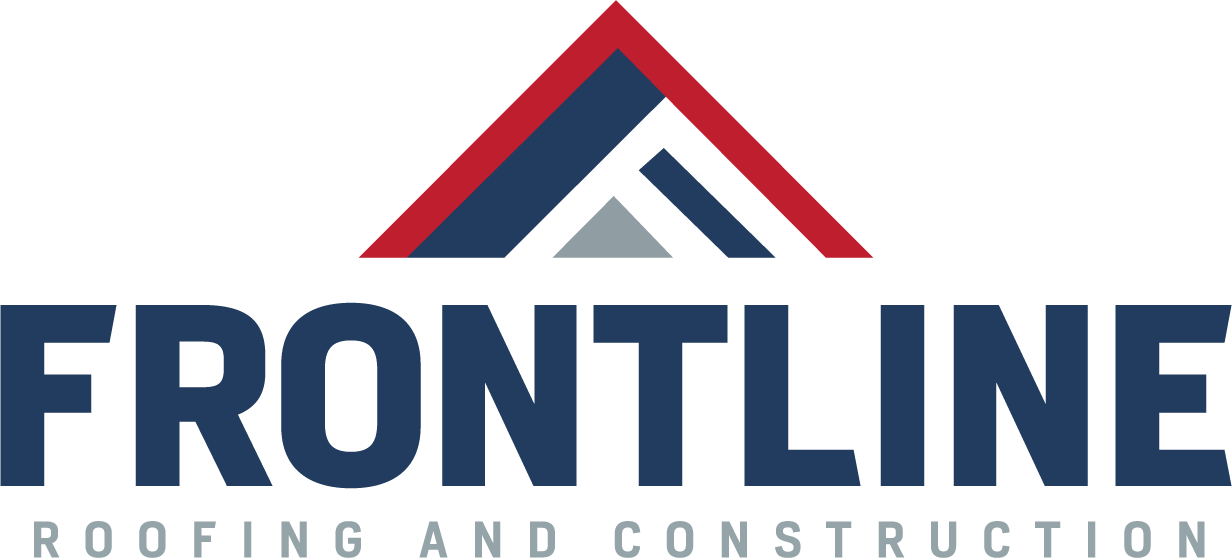All About K-Style Gutters: What Homeowners Need to Know
Table of Contents
Introduction
What are K-Style Gutters?
Advantages of K-Style Gutters
Aesthetic Appeal
Enhanced Durability
Water Capacity and Flow
Installation and Maintenance of K-Style Gutters
Professional Installation
Routine Maintenance Tips
Choosing Materials for K-Style Gutters
Aluminum
Vinyl
Copper
Common Questions About K-Style Gutters
Conclusion
Introduction
K-style gutters are a popular choice for homeowners due to their efficiency and aesthetic compatibility with various home styles.
What are K-Style Gutters?
K-style gutters, named for their profile's resemblance to the letter 'K', are known for their decorative front edge that mimics crown molding.
Advantages of K-Style Gutters
Aesthetic Appeal
These gutters blend seamlessly with modern and traditional architecture, enhancing a home's exterior look.
Enhanced Durability
Their unique shape adds rigidity, making them more resistant to bending and warping.
Water Capacity and Flow
K-style gutters can hold more water than rounded gutters, reducing overflow and efficiently directing water away from the home.
Installation and Maintenance of K-Style Gutters
Professional Installation
Proper installation by experienced professionals is crucial for optimal performance and longevity.
Routine Maintenance Tips
Regular cleaning and inspections are essential to maintain the efficiency and prevent blockages.
Choosing Materials for K-Style Gutters
Aluminum
Lightweight and rust-resistant, aluminum is a popular choice for K-style gutters.
Vinyl
An affordable option that is easy to install and maintain but may be less durable in extreme temperatures.
Copper
Offers a distinctive look and exceptional durability, aging gracefully over time.
Common Questions About K-Style Gutters
Addressing frequent inquiries about their functionality, compatibility, and care.
Conclusion
K-style gutters offer an ideal combination of functionality and style for residential properties. Understanding their benefits and maintenance needs can help homeowners make informed decisions.
